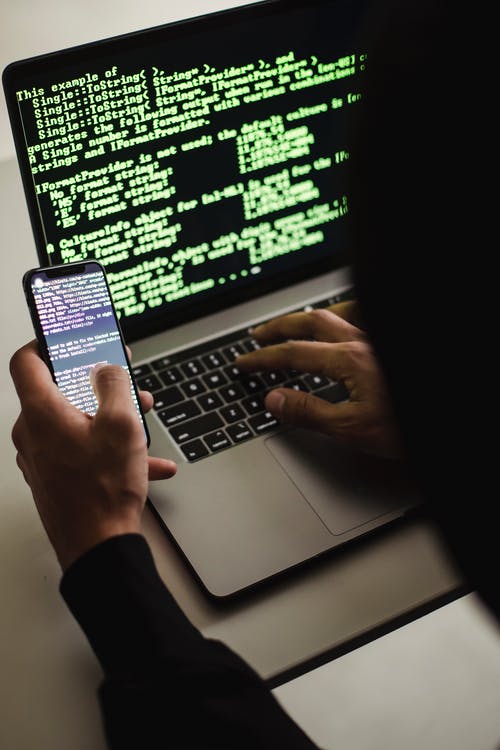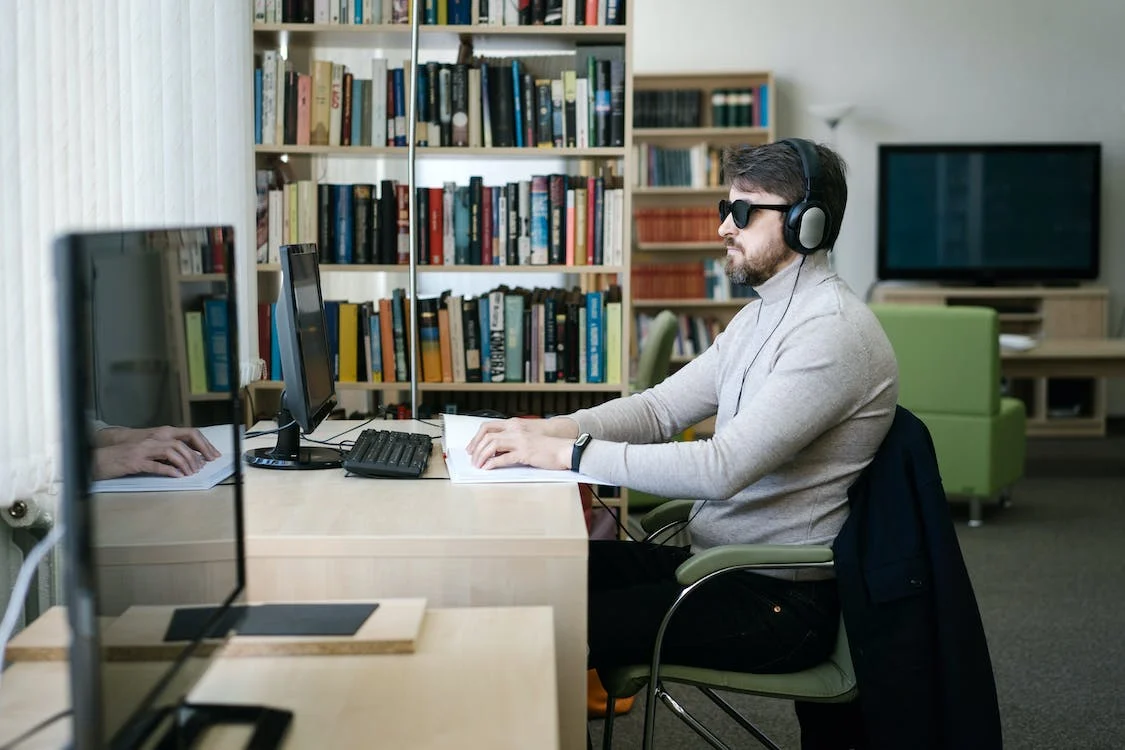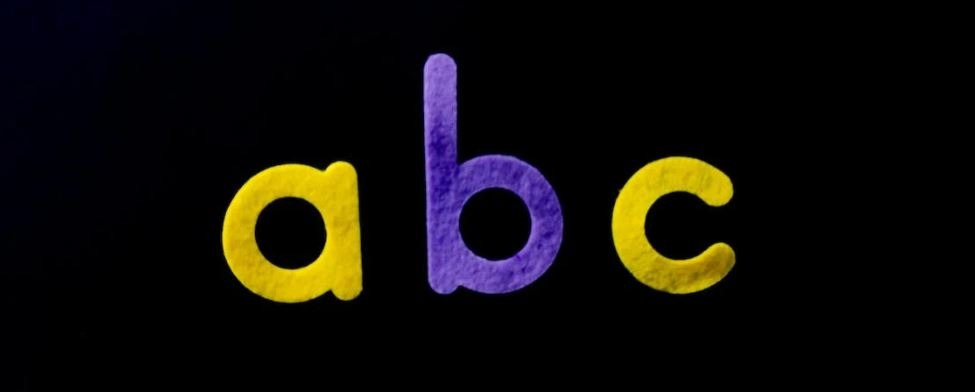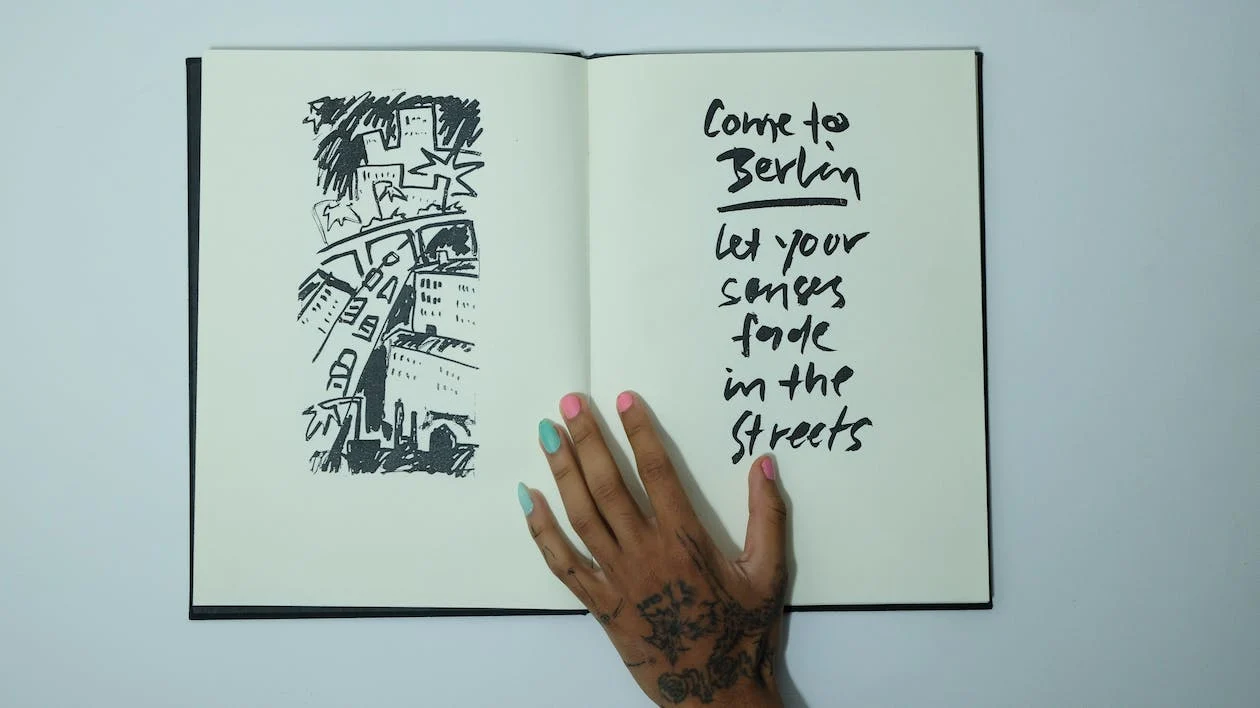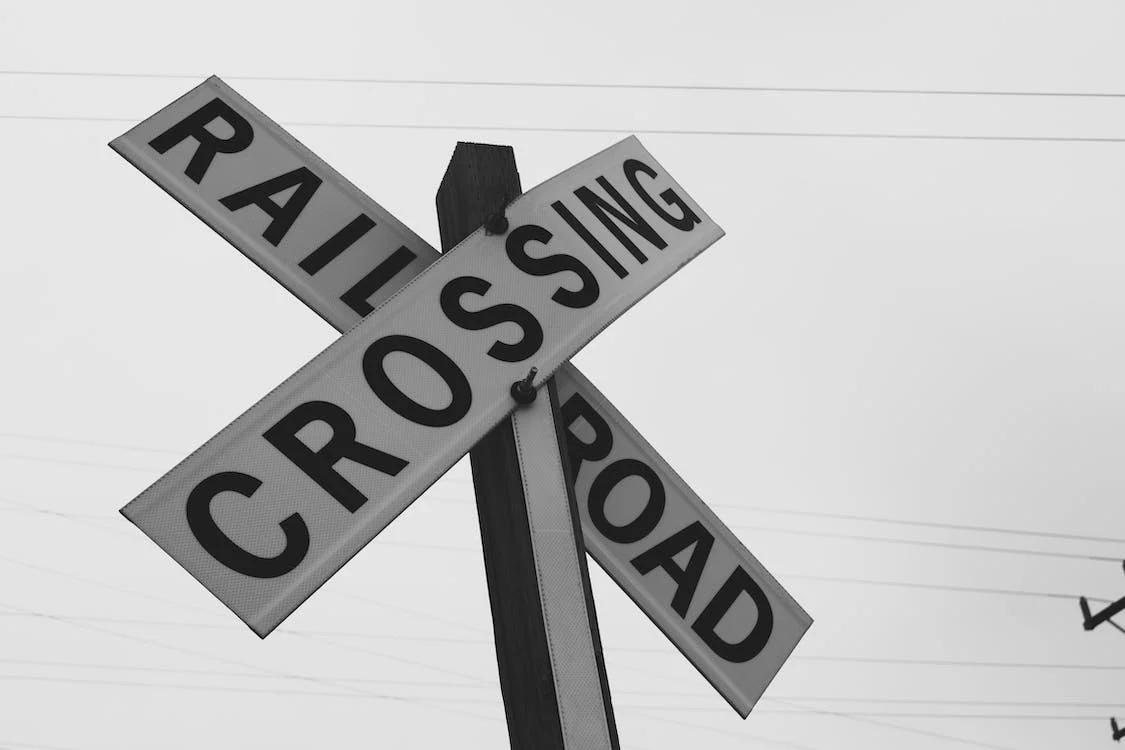Many of us often feel troubled when we find the exact thing we were searching for, but are not able to document it, probably because it is in the form of an image. However, with modern image-to-text technology, images can be converted into editable, searchable, and storable digital text with the use of image-to-text conversion technologies. The technology has far-fetched benefits in numerous sectors. Let’s take a look!
What is Image-to-Text Technology?
The goal of image-to-image technology is to enable assistive technologies to read and interact with images. It is the method used to transform text from an image into an editable text. When you scan a document into your computer, such as a form or a receipt, the data is usually stored as an image file.
The picture file cannot be opened in a text editor, searched, or processed. However, optical character recognition software can take that picture and turn it into a written document whose contents can be saved as text data, which can further be processed.
Importance of Image-to-text Technology
Digital media is widely used as a source of incoming information in corporate processes. From student notes, to image files containing huge amounts of texts, it takes a lot of time, storage space and effort to have all of this material organized.
Managing documents digitally eliminates paper, but storing this information in form of an image has its own challenges. Image-to-text technology is beneficial because it allows extracting useful data. For example, businesses can gain valuable insights from image-based content, including customer feedback and social media posts. Since searching text from images is not possible, converting them into searchable text makes it a lot easier.
Benefits of Image-to-text Conversion Technology
Accessibility for Visually Impaired Individuals
Those with visual impairments now have a wider accessibility of digital media. Image-to-text conversion technology allows the visually handicapped and the blind to scan printed text and hear it read out in computer-generated voice with the help of audio-to-text tools. Since they can’t view images, hearing what is written makes it possible for them to know what’s in there.
Time-saving and Efficiency
Time is saved using image-to-text conversion technology, which transforms scanned documents into editable and searchable digital text. Using image-to-text conversion technology is preferable when it comes to the time-consuming and error-prone process of manually transcribing text from images.
Easier Sharing and Collaboration
The ability to convert images of handwritten text into typed language is a huge boon to people who would otherwise have no way of sharing their notes and homework with their peers. For example, one can easily extract text from an image, copy and paste the text into emails or instant messages. Besides, with collaborative software like Google Docs, team members can instantly access and collaborate on the text-based output. Ultimately, the technology leads to simplified communication and quick sharing of information contained within images.
Cost savings
Since there will be less paperwork and data input to be done manually, you may get by with a smaller staff. The cost of paper and the associated costs of duplicating, publishing, and distributing it, is eliminated when documents are scanned and converted into digital file formats. In addition, there is no longer a need for large, costly filing cabinets to house and arrange these documents or large storage mediums to store images.
Applications of image-to-text Conversion Technology
Document Management and Archiving
By converting paper documents or scanned data, image-to-text conversion technology enables simultaneous management of documents according to their categorization.
Data Extraction and Analysis
Full-text search and retrieval are now possible using image-to-text conversion tools. Combining this capability with metadata and indexing components yields superior cataloging and indexing. For example, if there are multiple images that have important information, an image-to-text software will simply get all of the text extracted, making it easier to search and process information.
Translation Services
Once you have text to play with, translating it into a variety of different languages becomes much easier.
E-commerce Product Search and Cataloging
Image-to-text conversion technology facilitates categorization and indexing of e-commerce product collections. Digital information makes text editable and searchable.
Social Media Image Recognition
Companies can benefit from investing in image-to-text conversion technology since it aids in image identification across social media and helps gather marketing intelligence and improve customer services.
Methods of Image-to-text Conversion
Optical Character Recognition (OCR)
OCR technology analyzes shapes, patterns, and structures of characters within an image and then translates into editable and searchable text. This technology works by acquiring the image, processing, localizing text, recognizing characters, extracting text, and finally post-processing for spelling and grammatical checks.
Intelligent Character Recognition (ICR)
ICR is a more sophisticated kind of OCR. It is a method which allows a computer to interpret handwriting and produce text that can be read by a machine. Extracting information from both organized and unstructured texts is made easier with the help of ICR services, which translate a variety of handwriting styles.
Whenever fresh data is applied to ICR, it upgrades and improves its learning processes across artificial neural networks, adding characters to its recognition database with each new handwriting it analyzes, hence increasing the accuracy of capture over time. ICR is helpful for businesses in any sector that regularly processes a large range of documents, such as the banking, legal, and medical sectors.
Handwriting Recognition (HWR)
Handwriting recognition (HWR) is a method for converting handwritten information into a machine-readable format. The development of handwriting recognition technology has been accelerated by recent breakthroughs in Deep Learning, such as the introduction of transformer topologies.
It is quite similar to the other technologies, but the difference lies within stroke segmentation. This extra feature is specifically designed to detect and understand the handwriting strokes to convert it into text.
Object Recognition
Object recognition is a method used in computer vision for determining what is shown in an image or video. It is based on AI algorithms like deep learning and machine learning. Humans have an uncanny ability to quickly identify people, objects, settings, and other visual information in still and moving images. The objective is to train a computer to grasp what is shown in a picture, a skill that humans naturally have, but something computers struggle with.
Challenges and Limitations of Image-to-text Conversion Technology
While the technology may seem quite beneficial, there are few challenges that are still being worked on.
Accuracy and Quality Issues
Accuracy in image-to-text conversion technology can be measured in two ways:
- Character Accuracy: It evaluates the results of the image-to-text software against the source material. You may determine how many words were successfully identified by the picture to text technology (word level accuracy) or how many characters were correctly identified by the image-to-text technology (character level accuracy). Image-to-text technology might not be entirely accurate at identifying characters every time, leading to inaccurate answers.
- Word Accuracy: Engines that convert images to text employ external resources like dictionaries and libraries to get more precise results at the word level. However, sometimes, words like “pear” and “pair” are too similar and may be wrongfully identified.
Language and Font Recognition Limitations
Lack of information on some fonts and punctuation is a challenge for image-to-text conversion tech. Many punctuation marks are unreadable by image-to-text technology because they are too tiny, too far apart, or even because they are written in the wrong direction.
Incorrect punctuation marks entered by the user are another common cause of mistakes. If a language pack is not installed, it may not properly detect text written in a language for which it does not have support, while support for many languages is very limited.
Complex Image Formats
In case of complex images, the user needs to make certain adjustments to the image before text can be extracted successfully otherwise, results might be inaccurate.
Privacy and Security Concerns
Capturing and processing images of papers containing sensitive or secret information using image-to-text technology raises privacy issues. Improper usage of personal information might make sensitive data accessible to the prying eyes. As a result, it is crucial to be alert to these privacy risks and to take precautions to protect sensitive data throughout the OCR process.
The technology’s reliance on data storage and transport makes it susceptible to attacks from hackers. This raises the risk of a data breach or legal troubles. As a result, keeping private information safe throughout OCR processing is essential.
Future of Image-to-text Conversion Technology
With constant work and advancements underway, we can see a bright future for image-to-text technology, thanks to new technologies that have given wings to image-to-text tech.
Advancements in Artificial Intelligence and Machine Learning
Converting images to text with AI is now possible. One can check for translation faults with the use of artificial intelligence (AI) and machine learning (ML) methods. With AI’s improved handwriting recognition comes the possibility of digitizing previously inaccessible materials. Although the individuality of handwriting is a continuing challenge to AI, increasing amounts of handwriting training data have led to huge improvements in this area.
Integration with Other Technologies
Artificial intelligence and machine learning facilitates data analysis and training of algorithms to spot anomalies in vast datasets. Big data and machine learning-based scanning technologies are also contributing to the evolution of the industry. As a result, scanning software will be able to more accurately determine the content of images and automatically add captions to them.
Increased Adoption and Usage
Businesses across all sectors are investing in digitizing their operational procedures to increase productivity. This means that more businesses are investing in image-to-text conversion technology to help them go paperless and boost output. Going paperless is considered the ultimate future.
Conclusion
The ability to convert images into text has many benefits and applications in any industry where there is a need to transform paper-based records into searchable and editable text. One area where image-to-text conversion technology particularly excels is in the area of data input and organization. The technology makes it possible to automate the process, greatly reducing the requirement for human involvement and ultimately boosting productivity and efficiency.

